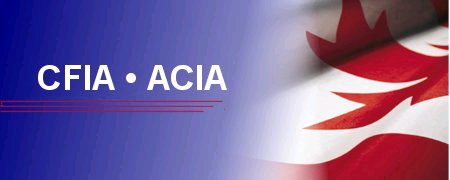In May 2008, a couple of Canadian researchers at the University of Regina put out a report that ostensibly attempted to rank 17 industrialized countries based on their food safety performance.
 And who doesn’t love a completely meaningless top-17 list, that placed Canada fifth, the U.S. seventh and the United Kingdom first. Make mine piping hot.
And who doesn’t love a completely meaningless top-17 list, that placed Canada fifth, the U.S. seventh and the United Kingdom first. Make mine piping hot.
Dr. Richard Holley of the University of Manitoba takes a different approach in the current Canadian Medical Association Journal, asserting that Canada’s food safety system is reactive, lags behind other countries, and investment is needed to ensure it can adequately protect Canadians.
I’ll go with Holley.
Foodborne illness surveillance is needed to ensure safety from gastrointestinal infections caused by bacteria such as toxigenic E.coli, Salmonella, Campylobacter and Listeria. As there is no national foodborne illness surveillance program in Canada, the estimated 11 million cases of foodborne illness every year are based on surveys of self-reported gastrointestinal illness. More accurate data are needed to execute meaningful intervention.
 European Union countries, the US and Australia have surveillance systems that allow them to collect information on food vehicles and organisms that cause foodborne illness, something Canada cannot currently do. Canada’s multi-government system with national, provincial and local governments that share responsibility for health, as well as monitor the safety and quality of food are key reasons that we have a fragmented system with poor focus. The US suffers from the same problem, yet does a better (though not perfect) job.
European Union countries, the US and Australia have surveillance systems that allow them to collect information on food vehicles and organisms that cause foodborne illness, something Canada cannot currently do. Canada’s multi-government system with national, provincial and local governments that share responsibility for health, as well as monitor the safety and quality of food are key reasons that we have a fragmented system with poor focus. The US suffers from the same problem, yet does a better (though not perfect) job.
Steps to food safety in Canada:
1. Government must go beyond interagency memoranda of understanding to develop permanent systems that promote cooperation and sharing of information on surveillance of foodborne illness and investigations of outbreaks.
2. Investment is needed to develop a surveillance program on foodborne illness that will characterize risks related to food and food pathogens in Canada.
3. Data from surveillance must be used to develop inspection policy that is based on risk and is uniform across the coun- try. That policy’s main priority must be to validate that approved food safety systems are operated properly.
